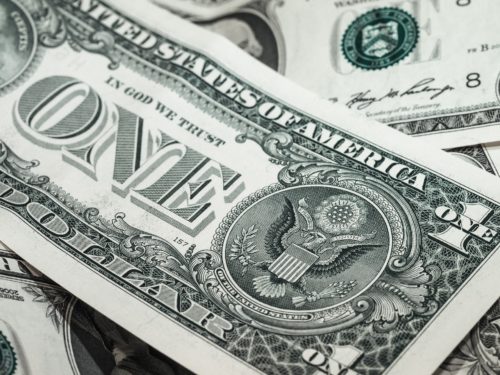
When a consumer is facing overwhelming amounts of debt, they may want to consider their bankruptcy options. Bankruptcy has an unfortunate stigma against it when in reality, this can provide a person who has significant debt with a fresh start. There are two types of consumer bankruptcy: chapter 7 and chapter 13. Businesses that wish to file for bankruptcy will have to file chapter 11. In order to determine whether an individual can file for chapter 7 or chapter 13, they will have to take a bankruptcy means test that assesses monthly income.
Chapter 7: Liquidation
A chapter 7 bankruptcy requires a debtor to liquidate some of their assets in an effort to come up with money that will be used to pay back some of their debts. Bankruptcy law allows debtors to keep some of their assets and protect them from liquidation. After this process is complete, all of the other unsecured debts will be discharged. Chapter 7 bankruptcy stays on a credit report for 10 years.
Chapter 13: Repayment Plan
Chapter 13 bankruptcy allows an individual to repay some of their debts over a period of 3 or 5 years in a more manageable way. After the repayment period is over, the outstanding unsecured debts may be discharged. Chapter 13 bankruptcy stays on a credit report for 7 years.
If you are struggling financially, contact us today to discuss your options.
For strong legal representation from an experienced personal injury, bankruptcy, workers’ compensation, criminal defense, or family law attorney, contact Underwood & Micklin and we would be happy to schedule a consultation to discuss your matter.

